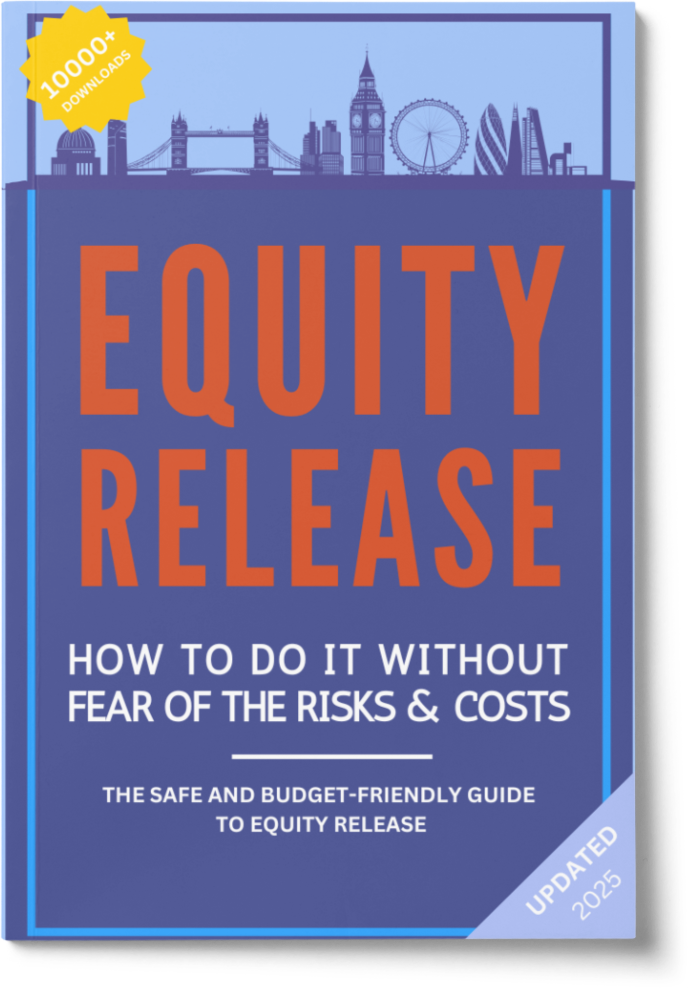2025 Deferment Rates Explained: What You Need to Know

SovereignBoss adheres to a stringent code of editorial guidelines, but some articles may feature partner references. Here is an explanation for how we make money.
Key Takeaways...
- Deferment rates are a key factor in equity release as they directly influence the amount you can borrow by determining how much of your home's value can be released.
- The significance of these rates in equity release lies in their role in predicting future property values, affecting the loan-to-value ratio.
- Calculated based on factors including age, health, property value, and prevailing interest rates, they play a crucial role in determining the terms of an equity release plan.
- While they do not directly impact your property's value, these rates can affect the sum you can borrow against it in an equity release scheme.
- Changes in them can have implications for your equity release plan, potentially altering the amount you can borrow or the interest you pay.
Congratulations on making the vital steps towards a financially more comfortable retirement and reading this article on deferment rates explained!
In This Article, You Will Discover:
If you are not up to date with all the mortgage terms, you could end up being taken advantage of by the so-called ‘experts’.
Read on...
What is a Deferment Rate?
A deferment rate is linked to property valuation1.
It is the discounted rate that is applied to your current property value in order to assess the present value of the right to vacant possession* of your home when the lease2 expires.
The deferment rate is the most vital component in calculating the costs of a lease extension.
*Vacant possession is a legal document covering all the terms of selling your property before it is passed from one party to another.
The Background of Deferment Rates
When it comes to property ownership, the landlord owns a ‘reversion’.
This means that when a lease comes to an end, they have exclusive rights over said property to then sell or rent.
If a lessee were to be enfranchised3, they would have total possession of the house, and the landlord would use the reversion value.
There are two acts to ensure that the landlord is compensated for this loss in value:
- The Leasehold Reform Act 19674 is for houses.
- The Leasehold Reform, Housing and Urban Development Act of 19935 is for flats.
The compensation amount requires determining an estimated value of the deferred possession of the property.
In terms of renting, this will be the property value minus the loss of income or use during the lease period.
The total value of deferred possession comes from the deferment rate, or the rate of return that the homeowner would have received after management, void, and maintenance costs, during the lease period.
Owners typically want a high deferment rate.
Factors Influencing Deferment Rates
Deferment rates are influenced by several factors, including economic conditions, property location, and the expected growth rate of property values.
Additionally, individual lease terms and the length of the lease remaining can significantly impact the rate.
Understanding these factors is essential for accurately calculating the costs associated with lease extensions and assessing the potential returns from equity release.
What Are the Types of Deferment Rate Methods?
The two types of deferment rate methods6 are the Sportelli Method and the Hedonic Regression Method.
More information on each:
- Sportelli Method7 - This is the most common method used by the Lands Tribunal, and for the maths boffins, it is calculated as such: q = r* + P – g*
- Hedonic Regression Method8 - This alternative was proposed by Bracke et al. in October 2016. It i’s based on collected market data for leases in the period of 1987 and 1991. It's goal is to isolate the effect of the value of an unexpired lease length through statistical analysis. The Upper Tribunal9 rejected this method in January 2018.
How Is This Related To Equity Release?
The deferment rate is relevant with equity release, as it is used as an effective valuation tool to determine the total value of your estate and how much equity is in it versus the value of your property when you pass away or move into permanent care.
If you want to obtain a rough estimate of the equity you could release from your property, why not see what equity release calculators would say?
The rate reflects the rate of return you may receive on the initial property price that is agreed to. It is used to determine the deferment price.
The deferment price differs from the forward price of the home in that the forward price is also agreed to at the beginning of the plan but is settled in the future.
These rates differ from the growth in market property value, which is typically around 9% annually10.
Common Questions
How Do Deferment Rates Affect Equity Release in the UK?
What Is the Importance of Deferment Rates in Equity Release?
How Are Deferment Rates Calculated in Equity Release?
Can Deferment Rates Impact the Value of My Property?
What Are the Implications of Changing Deferment Rates?
In Conclusion
Whilst equity release can seem complicated, you are not alone in the process.
Not only do you have excellent resources like SovereignBoss to give you up-to-date information, but you should also speak to a financial advisor or broker.
The advisor will be able to help you determine the best retirement options for you and your family and explain deferment rates.
WAIT! Before You Start…
Equity Release Calculator
How Much Equity Can You Release?
Spotted a Mistake? Let us know here.




